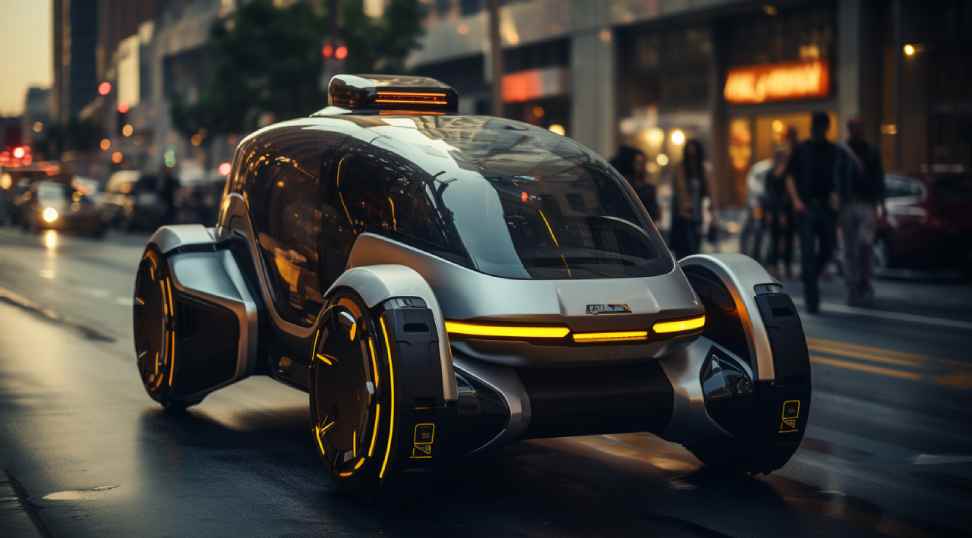11xplay Reddy Login, Betbhai9, T20exchange: One of the key hurdles in the widespread implementation of autonomous vehicles is the complex regulatory framework that governs the roadways. As self-driving technology continues to advance, lawmakers are struggling to keep up with creating guidelines that ensure the safety of these vehicles while also addressing liability issues in case of accidents. Additionally, there is a need for international standards to be set to ensure consistency and coherence across different regions and countries.
Another challenge lies in the public’s acceptance and trust in autonomous vehicles. Many individuals still harbor concerns regarding the safety and reliability of self-driving cars, which can hinder the adoption of this technology on a large scale. Addressing these apprehensions through increased education and awareness campaigns will be crucial in shifting public perception and fostering greater acceptance towards autonomous vehicles.
Benefits of Self-Driving Technology
Self-driving technology offers a wide range of benefits across various aspects of society. Safety is a primary advantage, with autonomous vehicles having the potential to significantly reduce the number of accidents caused by human error. By employing advanced sensors and real-time data processing, self-driving cars can detect and react to potential hazards much faster and more reliably than human drivers, making roads safer for everyone.
Another important benefit of self-driving technology is increased accessibility for individuals who are unable to drive due to age, disability, or other factors. Autonomous vehicles have the potential to provide newfound independence and mobility to those who have traditionally faced transportation challenges. This technology could enhance the quality of life for many individuals by enabling them to easily and autonomously travel to work, run errands, or visit friends and family.
Impact on Transportation Industry
The introduction of autonomous vehicles has stirred significant changes in the transportation industry. Various sectors within this domain, including taxi services and trucking, are now exploring ways to integrate self-driving technology into their operations. This shift comes with the promise of improved efficiency and reduced operational costs, prompting industry players to reconsider traditional business models.\n
Moreover, the adoption of autonomous vehicles has raised concerns about the future of jobs in the transportation sector. As self-driving technology becomes more prevalent, the need for human drivers may diminish, leading to potential job displacement. This transition has prompted discussions on upskilling and reskilling initiatives to prepare workers for the evolving landscape of the transportation industry.
The impact of autonomous vehicles on the transportation industry can be seen through various changes and challenges:
� Integration of self-driving technology in taxi services and trucking sectors
� Promise of improved efficiency and reduced operational costs
� Reconsideration of traditional business models
As the adoption of autonomous vehicles continues to rise, concerns about job displacement have also emerged:
� Potential decrease in the need for human drivers
� Discussions on upskilling and reskilling initiatives for workers
� Preparation for the evolving landscape of the transportation industry
What are some of the challenges of implementing autonomous vehicles in the transportation industry?
Some of the challenges include regulatory hurdles, public acceptance, cybersecurity concerns, and the need for infrastructure updates.
What are the benefits of self-driving technology in the transportation industry?
Bet365 ID, Play247 Online, Iceexchange: Some benefits include increased safety, reduced traffic congestion, improved fuel efficiency, and enhanced mobility for those who are unable to drive.
How will autonomous vehicles impact the transportation industry?
Autonomous vehicles are expected to revolutionize the transportation industry by transforming how people and goods are moved, leading to changes in business models, urban planning, and overall mobility options.

